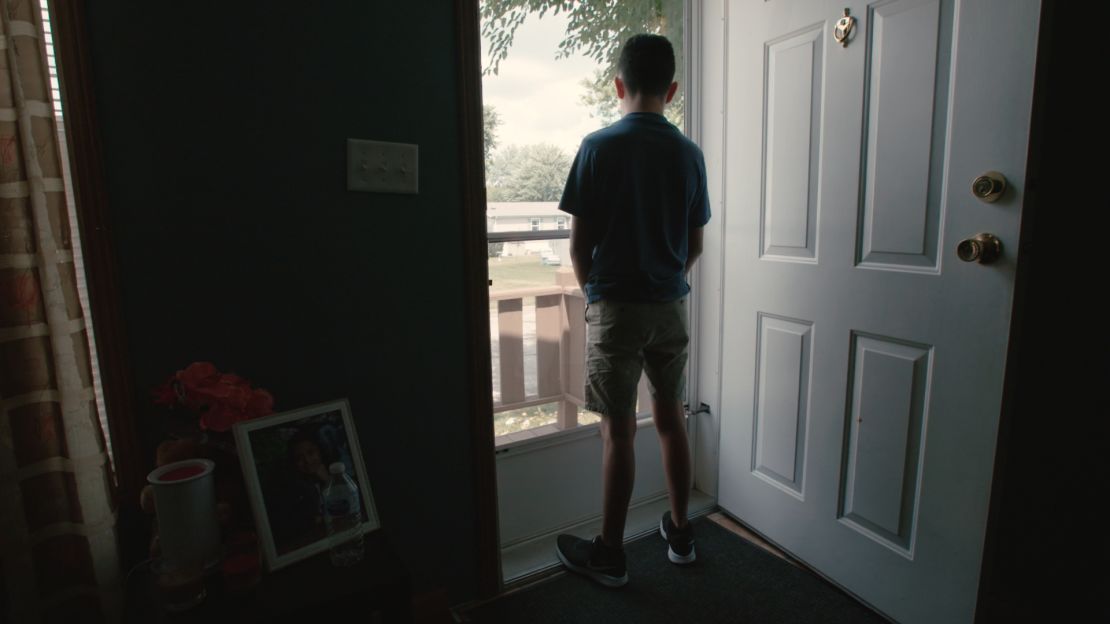The crisis that began when the Trump administration separated thousands of migrant families at the border still isn’t over.
President Joe Biden on Tuesday signed an executive order forming a task force that could bring this chapter in US history to a close. Its mission: to reunite parents and children who remain separated.
The effort, he said, aims to “remove the stain” on the country’s reputation for the harm the separations caused.
For years, CNN has been telling the stories of families who were targeted by the policy.
Moms like Beata Mejia, who sued to reunite with her son after the Trump administration’s zero tolerance policy tore them apart. Children like Alejandro, who struggled to readjust to life after suffering trauma he never expected. And the lengthy courtroom battles to bring families back together.
There are so many troubling details in the stories we do know about the family separations policy and its aftermath. And there are still so many stories that we don’t know yet.
Here’s a recap of how we got here, what we know and what we don’t:
We know…
• During the Trump administration thousands of migrant children were separated from their parents
• The head of Homeland Security first floated the idea during a 2017 interview on CNN.
• Even after starting a pilot program separating families, officials denied anything out of the ordinary was going on.
• When the separations happened, children screamed and cried. Some believed their parents had abandoned them.
• Sometimes the parents weren’t given a chance to say goodbye.
• The president of the American Academy of Pediatrics called it “government-sanctioned child abuse.”
• The government separated families without any plan for reuniting them.
• Behind the scenes officials who raised concerns weren’t heeded
• A federal judge found the government did a better job of tracking property than tracking migrant children
• Parents wrote desperate letters, begging for help.
• The government dodged questions about what it was doing andwas slow to release data
• Protesters poured into the streets.
• As criticism mounted,first lady Melania Trump headed to the border wearing a jacket that said, “I really don’t care, do U?”
• President Trump signed an executive order largely ending the policy after a massive public outcry
• A federal judge’s order forced the government to reunite the separated families who were still in government custody in June 2018. That led to more than 2,100 children being reunited with their parents.
• Tearful reunions took place in airports and other locations across the country
• Families have filed lawsuits asking for millions of dollars in damages, saying their children are still showing signs of separation anxiety and trauma years later.
• A later court order forced the government to reveal how many children had been separated from their parents by the Trump administration before June 2018. The latest estimate: More than 1,100.
• Search teams are still looking for hundreds of deported parents from this group.
• President Biden has promised to do more to help these families
• First lady Jill Biden plans to take an active role in the effort
• Advocates say the government should help with something even more important: bringing deported parents back to the United States and giving them the chance to stay.

We don’t know…
• … where the parents of 611 children are.
• … if they know what happened to their children.
• … whether these families will ever be reunited.
• what a new government task force will do about it.





